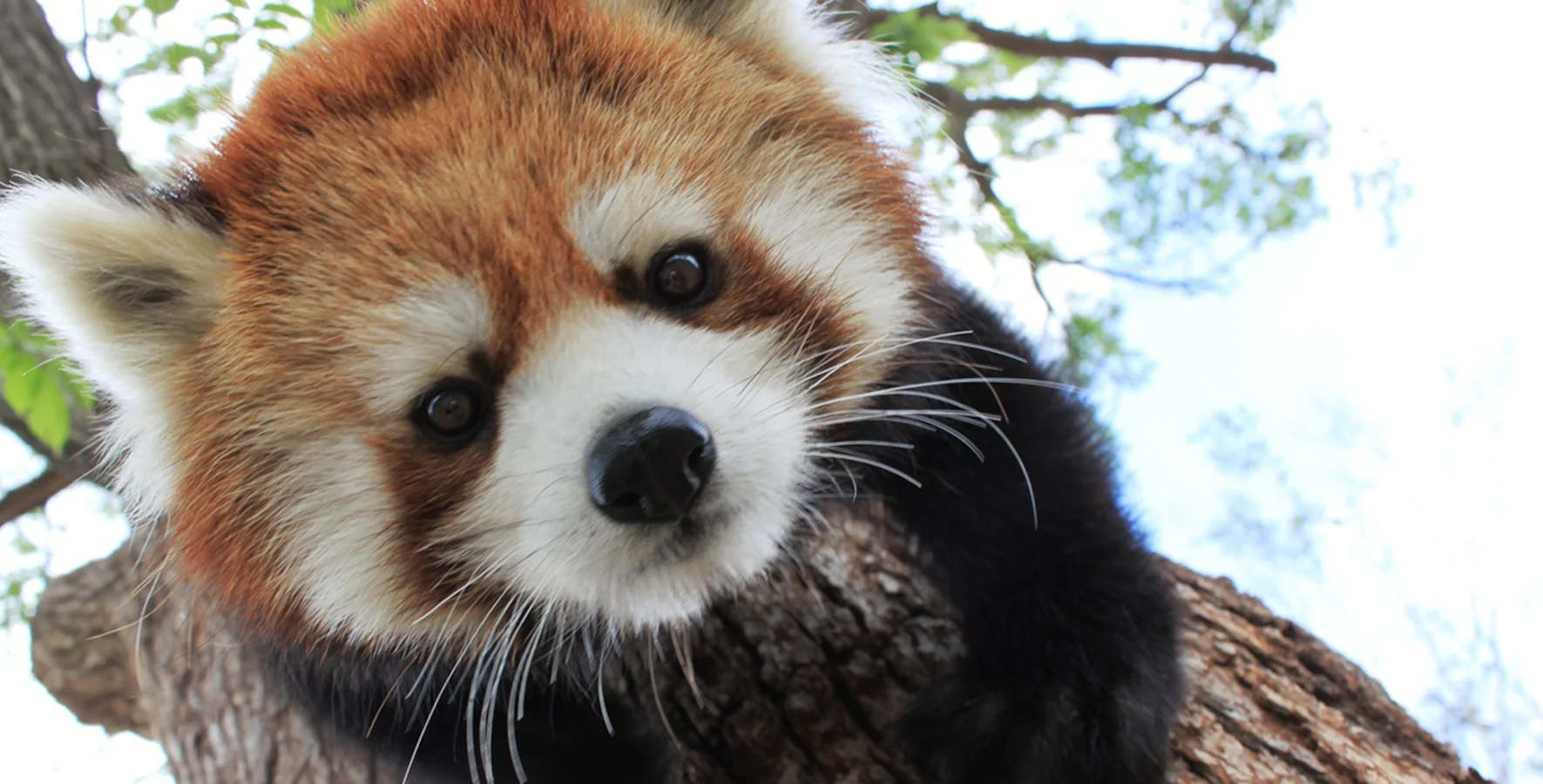Human testicles are dramatically smaller, proportionally speaking, than those of some of our primate relatives. Evolution offers compelling explanations for this disparity. However, the dimensions of other anatomical features remain tantalizingly mysterious.
The human body represents an extraordinary biological machine whose countless components—from the microscopic intricacies of our cellular architecture to our limbs, eyes, liver, and brain—have been assembled through countless evolutionary innovations spanning four billion years of our planet’s history.
Yet scientists continue wrestling with fundamental questions about why we evolved into this particular anatomical configuration. Why do humans uniquely possess a chin, for instance? And why does a human testicle weigh three times that of a gorilla’s relative to body mass, yet only one-fifth that of a chimpanzee’s? As I demonstrate in my recent book, The Tree of Life, we remain actively searching for answers to many of these profound “why” questions. Nevertheless, we are beginning to unlock solutions to some of them.
The evolutionary narrative reveals how, beginning from remarkably simple origins, each species was constructed—documenting precisely when each component that constitutes a living organism was incorporated into its biological blueprint. By ascending the evolutionary tree of life, we can trace a serpentine pathway that visits the increasingly specialized branches to which any given species belongs.
We humans, for example, became animals before developing into vertebrates; evolved into mammals before transforming into primates, and so forth.
The taxonomic groups with which we share each of these evolutionary branches illuminate the chronological sequence in which our body parts emerged. A body cavity and digestive system (innovations of the animal lineage) necessarily preceded the development of a backbone and limbs (vertebrate characteristics); milk production and hair (mammalian traits) preceded the evolution of fingernails (primate features).
There exists a methodological approach for investigating the distinct question of precisely why we evolved each of these anatomical structures, though it functions effectively only when the feature under examination has evolved independently multiple times across separate branches of the tree of life. This phenomenon of repeated evolution is termed convergence. It frequently proves frustrating for biologists because it obscures our understanding of species relationships.
Swallows and swifts, for example, were historically classified as closely related species. We now understand from both DNA analysis and skeletal comparisons that swallows are actually more closely related to owls than to swifts.
However, convergent evolution becomes remarkably valuable when we conceptualize it as a form of natural experimentation. The variation in primate testicle size provides us with a quintessential example. Abyssinian black and white colobus monkeys and bonnet macaque adult males exhibit roughly comparable body sizes. Yet, like chimpanzees, humans, and gorillas, these similarly sized primates possess vastly different testicle dimensions. Colobus testicles weigh merely 3 grams (0.1 ounces). Macaque testicles, in stark contrast, tip the scales at an impressive 48 grams (1.7 ounces).
You might devise several plausible explanations for these dramatic testicle size differences. Large testicles could function as the equivalent of a peacock’s tail—not inherently useful but attractive to potential mates. However, perhaps the most convincing explanation relates to their mating behaviors.
A male colobus monkey engages in fierce competition for exclusive access to a harem of females who mate solely with him. Macaques, conversely, inhabit peaceful mixed troops of approximately 30 individuals and embrace a dramatically different approach to reproduction where promiscuous mating is the norm: males mate with multiple females (polygamy) while females mate with multiple males (polyandry).
The colobus, with his exclusive harem, can afford to produce minimal sperm—if a small amount suffices to create offspring, why invest energy in producing more? For a male macaque, reproductive competition occurs through sperm competition with other males who mated before or after him. A male macaque possessing larger testicles should generate more sperm, substantially increasing his chances of successfully passing on his genetic material.
This represents a logical explanation for their testicle size variations, but is it accurate? This is precisely where convergent evolution proves invaluable.
Examining the entire mammalian branch of the tree of life reveals numerous mammalian groups that have evolved testicles of vastly different sizes. In virtually all these independent evolutionary events, larger testicles consistently appear in promiscuous species while smaller ones characterize monogamous species.
A small-testicled silverback male gorilla maintains exclusive access to his harem. Large-testicled chimpanzees and bonobos are indeed highly promiscuous creatures. Dolphins, meanwhile, may possess the most impressive mammalian testicles of all, comprising as much as 4 percent of their total body weight (equivalent to human testicles weighing approximately 3 kilograms or 9.9 pounds). Although wild dolphins’ mating behaviors prove naturally challenging to study, spinner dolphins at minimum conform to our expectations, participating in massive mating gatherings called wuzzles.
It was through the multiple observations provided by convergent evolution that we successfully discovered this consistent correlation between testicle size and mating systems throughout the mammalian kingdom. As for humans, we possess testicle sizes somewhere in the middle range—you can interpret this however you choose!
But what about the human chin?
The human chin has provided fertile ground for heated scientific debates regarding its evolutionary purpose. As with testicles, there exist half a dozen plausible theories to explain the evolution of the distinctly human chin. It might have evolved to strengthen the jaw of a combative early human. Perhaps the chin evolved to enhance the impressive appearance of a masculine beard. It could even represent a byproduct of cooking’s invention and the softer foods it produced—a functionless facial protrusion left behind by the receding influence of a weakening jaw.
Fascinatingly, however, a chin cannot be found in any other mammal, not even our closest evolutionary cousins, the Neanderthals. Due to the absolute uniqueness of the Homo sapiens chin, while we possess a rich collection of possible explanations for its evolutionary purpose, in the absence of convergent evolution, we lack any reasonable method of testing these hypotheses.
Some aspects of human nature may be destined to remain forever mysterious.
Author: AI
Published: July 4, 2025
